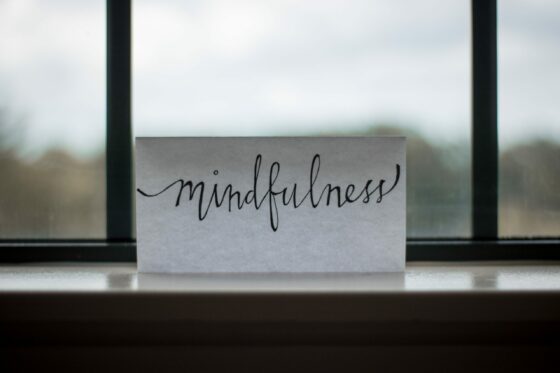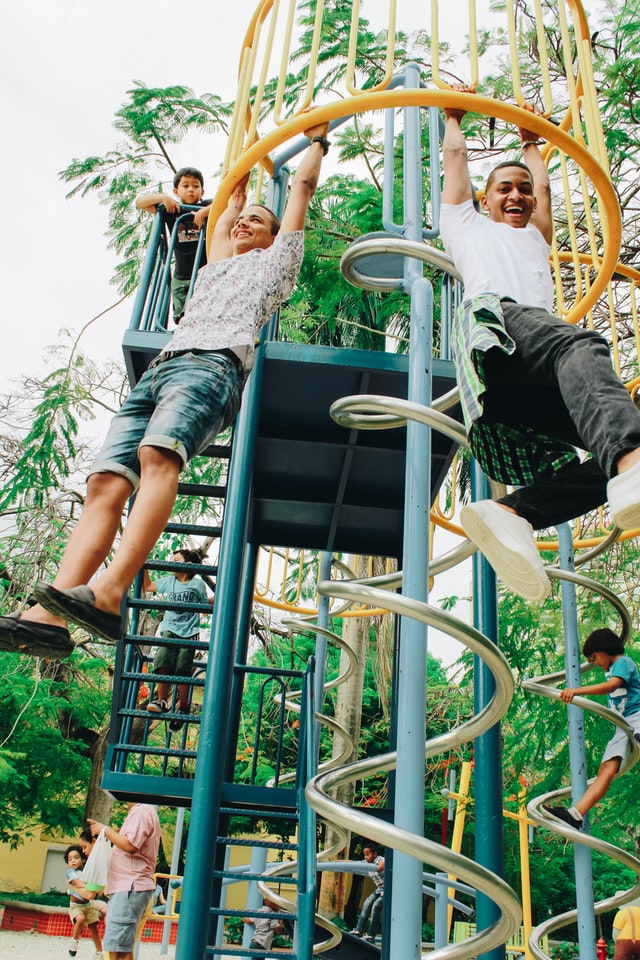
Inspire Healthy Choices: Practical Strategies to Support Your Child’s Well-Being
Helping your children make healthy choices is a meaningful journey that lays the foundation for a bright future. You can empower them to embrace a

Helping your children make healthy choices is a meaningful journey that lays the foundation for a bright future. You can empower them to embrace a

Stress tends to be higher during the holidays. More to do, plan, and get done before a deadline. Even if life is fun during the

If you’re used to being self-critical, it might be difficult for you to understand what being self-compassionate is like. Self-compassion is defined as treating yourself

When we think about healing, many of us focus only on our physical bodies. In reality, there is a great deal of research showing our

I was recently sitting and talking with a dear friend who has successfully beat cancer. As we talked she shared that she was beginning to

Stress is running high right now. Everyone is feeling it, whether it’s a change in our everyday routines, being worried about a loved one, or

As a parent, we are often looking for things to do with our children during the long summer months when they are out of school




Join our community to get the latest tips, exclusive offers, and updates straight to your inbox. Don’t miss out—subscribe now and be the first to know!